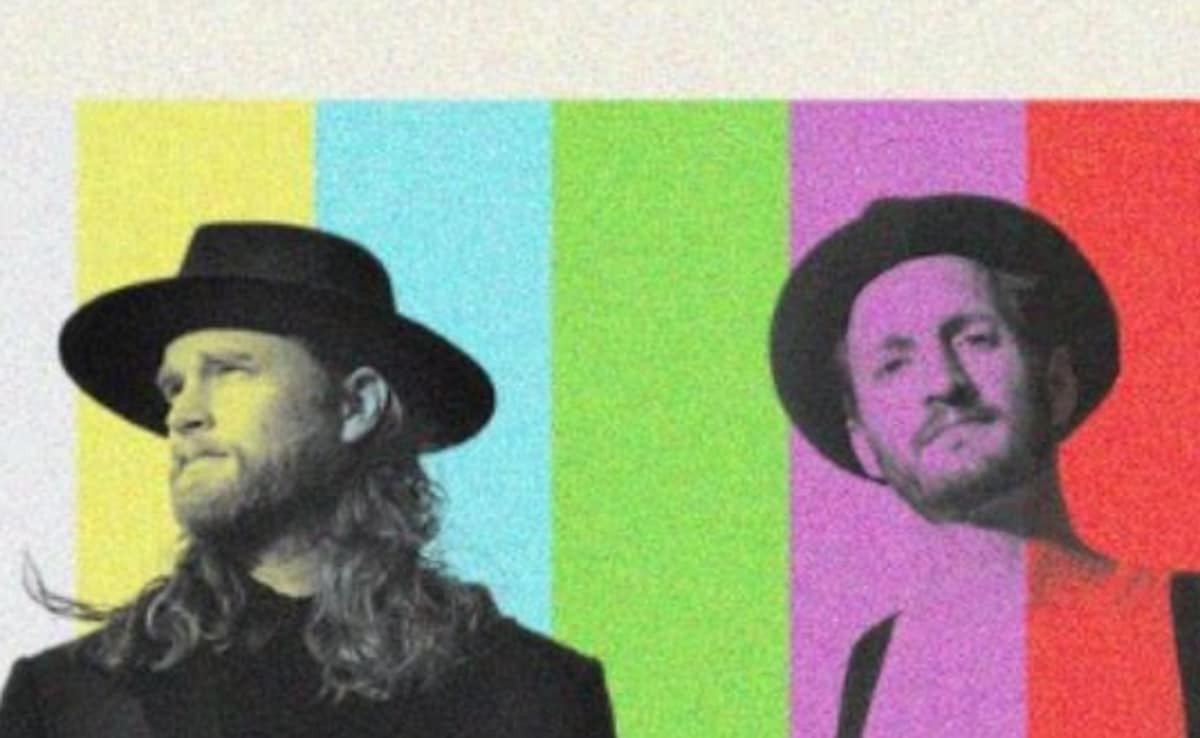“The AI-ification of email” keeps 404 Media’s Jason Koebler up at night

Athens — “Our work was going in the trash.”
That’s how Jason Koebler, cofounder of independent technology news site 404 Media, describes the situation that drove 404 to require readers to give their email addresses before reading articles.
It was January 2024, “I was walking my dog and I basically had a panic attack,” Koebler told Nieman Lab’s Hanaa’ Tameez last week in a panel at the iMEdD International Journalism Forum in Athens, Greece. (You can watch the full panel here.)
404 had just published cofounder Sam Cole’s major investigation into how large language models were sucking up child sexual abuse material. That story took eight months to report. Soon after it came out, a site called Nation World News ran it through an AI content spinner, changing quotes and facts while retaining Cole’s byline. The AI version of the story showed up on Google News. 404’s original story did not.
It kept happening with 404’s stories. “I started thinking this is a major problem,” Koebler recalled. “The days of us being able to walk on [to social media], tweet something, walk away, and get people to come to our website are over…We said, if we don’t aggressively move people from social media platforms that we don’t control to platforms that we do control, this business isn’t going to work and we aren’t going to have jobs anymore.”
On January 26, 2024, 404 published a 2,800-word reported piece, “We need your email address,” about what was happening to its stories. From then on, the founders explained, readers would need to enter their email addresses before reading stories. They also started putting older stories behind paywalls.
“It completely changed our business almost literally overnight,” Koebler said. 404 had around 3,000 paid subscribers by the end of March 2024 and today has more than 11,000. The work that went into the big explainer piece paid off. Koebler had expected a backlash: “I hate paywalls, I don’t like logging into things. But by explaining why we’re doing it, we’ve had people evangelize for us.” When social media users complain about the email or paywall, 404 readers will “share the explanation of why we did it.”
Anna Bucks, executive producer of video at The Economist, and Mari Luz Peinado, head of digital strategy at Spain’s El País, joined Koebler to discuss the new ways they’re bringing readers directly to their publications. Here’s some of what they’re seeing and some lessons they’ve learned.
Older readers tiptoe into vertical video. The Economist launched a vertical video carousel on its homepage in May 2024. The carousel features a handful of short videos with titles like “Why Trump is bailing out Argentina’s Milei” and “Why do leeches have 32 brains?”
The Economist’s paying — generally older — subscribers may not be familiar with watching short vertical videos at all, and encounter them on The Economist’s site for the first time. “We had to make sure it was intuitive for people who already consume short-form videos on their phone,” but they also had to “make sense to somebody who doesn’t use TikTok.”
Seventeen months in, The Economist has found that the folks who watch its videos — and other types of non-text reporting, like podcasts — are more likely to retain their subscriptions. “The subscribers who constantly come back to us,” Bucks said, are those who “are most engaged across topics but also across formats…we see video as very much bolstering the package.”
Mind the traffic drop. When 404 added its email wall and paywall, there was a surge in subscriptions but also a downside: “Our traffic plummeted,” Koebler said, with people “bouncing off immediately” after hitting the wall. So 404 started experimenting with where readers encounter the wall in a piece. Articles are “free and clear for a little while and we add the wall deeper,” Koebler said. “I think we’re losing some signups there, but probably catching a wider audience by using that strategy.”
A new format engages “sleepy” subscribers. El País launched El País Exprés in May 2024. It briefs readers on a handful of the day’s most important news stories and is designed to be read in 5 to 7 minutes.
El País Exprés has “been very useful to wake up our sleepy subscribers,” Peinado said — people “who pay for the subscription but don’t use it, and maybe one day they are going to abandon us.”
Today, she said, “around 20% of our sleepy subscribers have read El País Exprés during the past month. We think that’s good news.”
You still need to be on social. Only paid Economist subscribers can view the videos on The Economist’s site — but anybody can watch them free on the publication’s YouTube, TikTok, or Instagram pages.
That’s a feature and not a bug, Bucks said. The Economist sees the social video as helping “future-proof the brand,” giving young audiences a taste of the publication’s reporting. “They may say, ‘I’m going to subscribe when I have enough money to pay for it,'” she explained.
TikTok recently started allowing users to add links to the bottom of videos, and in some cases, Bucks said, The Economist has seen a lot of traffic from these.
“At first, we were very precious about not sharing stuff from behind the wall on social media,” Koebler said, not wanting to give away the best tidbits to people who aren’t paying. But “we eventually realized this didn’t really matter” and doesn’t seem to disincentivize people from subscribing. People who find 404’s articles from social media may subscribe first to the free list, and convert to paid eventually.
“We thought people would come to us and decide [either to pay or not],” Koebler added. “We learned that’s really not the case…Growing the free list has really helped with our paid subscriber list.”
Introduce reporters to readers. Since The Economist’s stories don’t have bylines and are written with “Economist voice,” the publication sees video discussions as a way to introduce readers to its journalists. “We’re not necessarily creating personalities, but we want to show who the journalists are, who the editors are,” Bucks said.
There are lots of ways to build journalists’ connections with readers and publications don’t have to jump straight to short vertical videos.
“In our culture…sometimes journalists are not so open to be on camera,” Peinado said. So El País is experimenting with newsletters where journalists can show some personality: “They feel more free if they can write something.”
Keep thinking about the platforms you own. As great as email newsletters have been for 404, Koebler stressed the importance of still having a backup.
“The thing that keeps me up at night is the idea that newsletters might get moved to a different inbox, or the AI-ification of email,” he said — in other words, tools like Gmail creating little email newsletter summaries so readers stop opening them.
“It’s starting to happen but hasn’t been an apocalypse yet,” he said. “Email’s an important platform, but we’ve tried to lean into RSS,” launching a full-text RSS feed that gives paid subscribers articles directly.
Watch the full panel here.
What's Your Reaction?
 Like
0
Like
0
 Dislike
0
Dislike
0
 Love
0
Love
0
 Funny
0
Funny
0
 Angry
0
Angry
0
 Sad
0
Sad
0
 Wow
0
Wow
0









































































